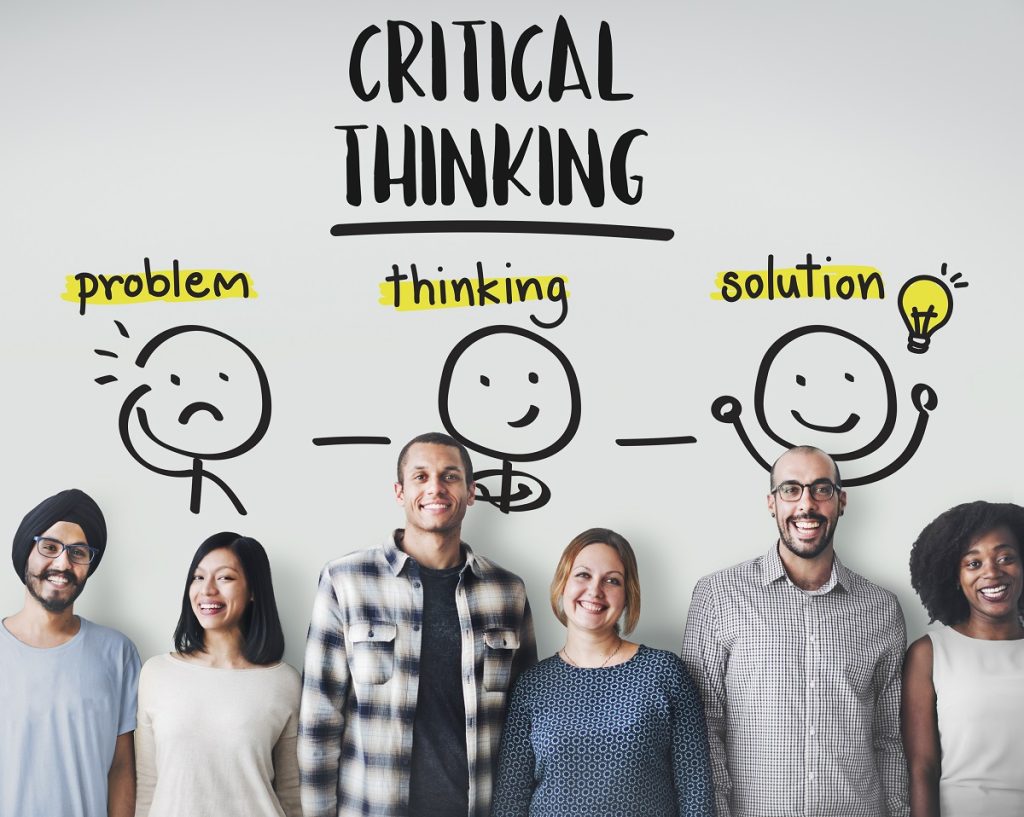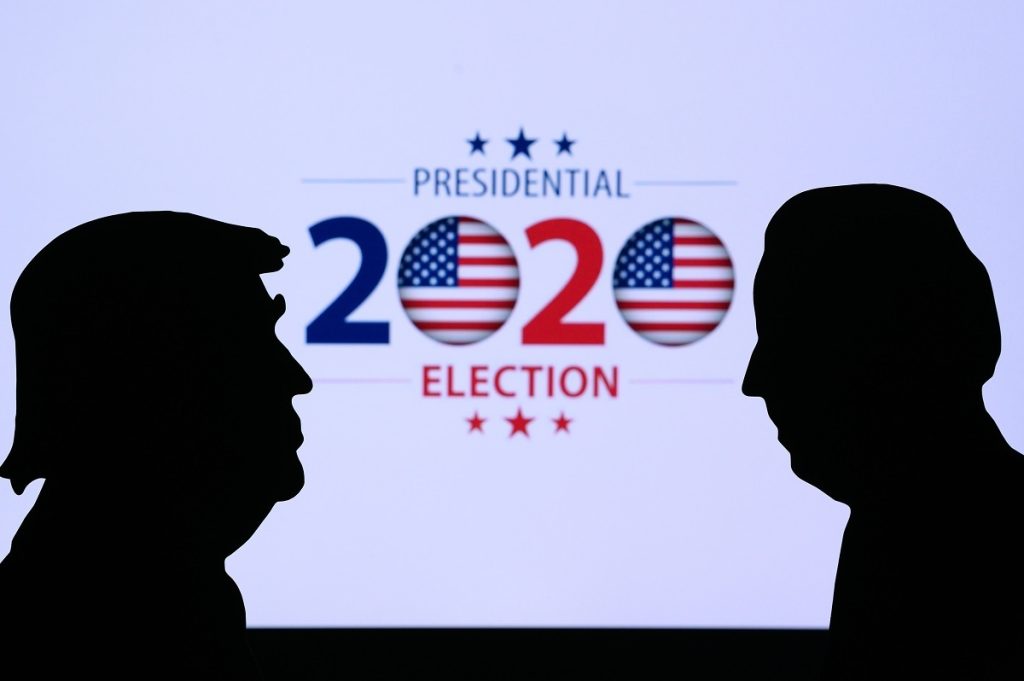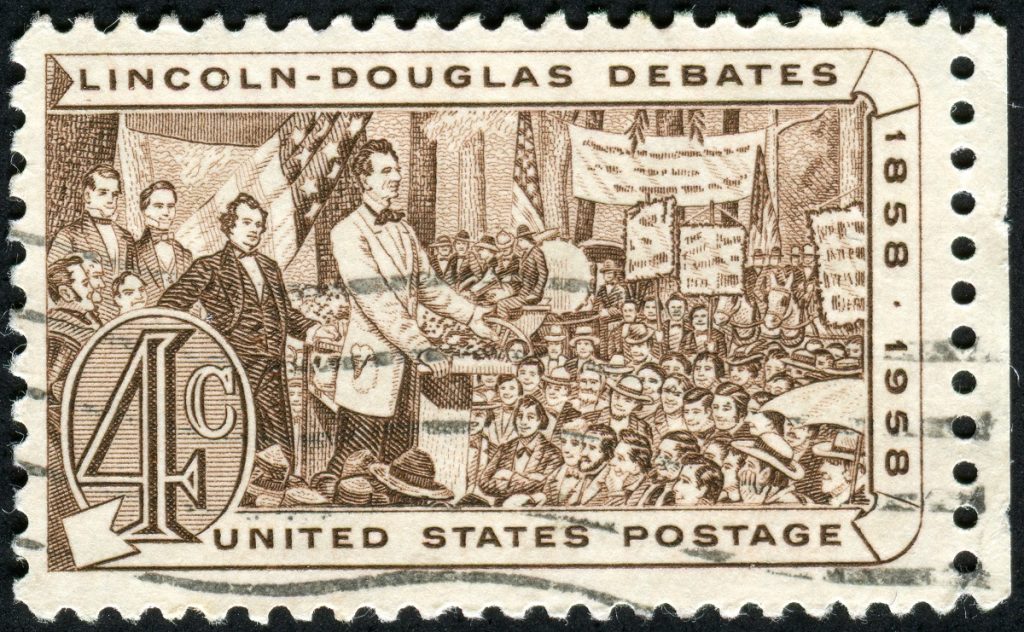Debate occurs when opposing sides present their viewpoints on a topic, often in front of an audience and with a moderator. It occurs spontaneously in conversations, public meetings, and legislative assemblies, but it can also be conducted by schools and debating societies for recreational or educational purposes.
Debate is essential for exploring complex issues and arriving at informed decisions. It is a structured discussion that involves two or more participants presenting arguments and counterarguments on a particular topic.
Debates occur in various settings, from political forums and academic conferences to classrooms and public spaces. They encourage critical thinking, active listening, and persuasive communication, making them valuable learning experiences for students, professionals, and citizens.
This article explores the importance of debate, its history, and the six types of debates.
What Is Debate?
Debate is a formal discussion or argumentation between two or more individuals or teams on a specific topic or proposition. Its purpose is to present and defend opposing views, explore different perspectives, and arrive at a conclusion based on reasoned and informed arguments.


One common setting for debate is in politics, particularly in democratic countries, where it is a means for candidates to articulate their positions and challenge their opponents. For instance, Congressional members debate to pass legislation or express their opinions on current events. Similarly, presidential debates are televised and broadcast to millions of viewers worldwide, allowing citizens to evaluate the candidates and their platforms.
Developing Critical Thinking
Debate also occurs in academic institutions such as schools and universities, where students form teams to compete in organized tournaments. In this context, debate develops critical thinking skills, improves public speaking, and fosters teamwork.
Additionally, there are debating societies that exist outside of formal educational settings. These groups discuss various topics, often in a structured format with rules and time limits. The goal is to provide a forum for respectful discourse and encourage the development of reasoned arguments and open-mindedness.
In a formal debate, a moderator is often used to guide the discussion, ensure adherence to the rules, and facilitate an exchange of ideas. The moderator may pose questions, control the time for each speaker, and keep the debate on track.

The Etymology and Definition of Debate
The word debate has its roots in Middle English, derived from the Old French “debate” or “débattre” and Latin “battuere,” which means “to beat” or “to fight.”
The word is found in many languages, including Italian (“dibattito”), Spanish (“debate”), Vietnamese (“tranh luận”), and Russian (“спор,” “дискутировать,”) or “disputirovat”).
Over time, its meaning evolved to include a more civilized form of argumentation characterized by formal discussion, adherence to rules of evidence, and respect for opposing viewpoints. The unabridged definition of debate is “a formal discussion or argumentative discourse, typically in a public setting, between two or more individuals or groups, each presenting and defending their viewpoint on a particular topic.”
Synonyms of Debate
There are many synonyms for debate, including “discuss,” “argue,” “dispute,” “contend,” and “reason.” The thesaurus offers a wide range of words and phrases to describe the art of discussing opposing viewpoints, highlighting the many nuances and shades of meaning within the concept of debate.
Adjudicators And Winning the Debate
In competitive debates, such as high school or parliamentary debates, adjudicators determine the winning team or individual. Adjudicators evaluate the arguments presented by each side and assign points based on the strength of their views and their ability to respond to the opposing side. The winning team or individual is determined based on the total number of points awarded.
Trump Vs. Biden
The debates between Donald Trump and Joe Biden during the 2020 US presidential election were a prime example of political debating. These debates were held in various locations, including New York, and covered various topics, including healthcare, the economy, and foreign policy. The candidates presented their viewpoints and criticized each other’s policies, leading to heated exchanges and fierce competition.

Does Debate Mean Argue?
Debate and arguing are two similar yet distinct forms of communication. While both involve presenting and defending opinions or ideas, there are significant differences in their purposes, approaches, and outcomes.
Arguing is an emotional exchange between two or more people with opposing views. It often involves personal attacks, accusations, and attempts to dominate or discredit the other person. The goal of arguing is to win, prove one’s point of view, and persuade others to agree. Claiming is usually unstructured and emotional, with little regard for reason or evidence.
On the other hand, the debate is a more structured and formalized approach to communication. It involves presenting and defending arguments using logic, evidence, and reason. The goal of debate is not to win but to arrive at a conclusion based on a reasoned analysis of the facts. Participants listen to and respect opposing views in a debate, present well-reasoned arguments, and respond to counterarguments respectfully and constructively.
Here are some pros and cons of debate as a communication method:
| Pros: | Cons: |
| Encourages critical thinking and analysis of ideas | Can be time-consuming and require a lot of preparation |
| Enhances public speaking skills | Participants may resort to personal attacks or fallacies |
| Promotes respectful discourse and active listening | The outcomes may not always be conclusive or satisfying |
| Allows for the exploration of multiple perspectives | May require a certain level of confidence or expertise to participate effectively |
| Can lead to more informed and reasoned decision-making |
What Is The Difference Between A Debate And A Discussion?
The main difference between a debate and a discussion is their goal and approach. A debate aims to present and defend opposing views using logic, evidence, and reason, while a discussion seeks to explore and exchange ideas more informally and collaboratively. In a debate, participants have a more structured and formalized approach, whereas, in a discussion, the communication is more flexible and open-ended.
What Is The Main Purpose Of A Debate?
The main purpose of a debate is to explore a topic from different perspectives and arrive at a conclusion based on a reasoned analysis of the facts. Debates aim to present and defend opposing views using logic, evidence, and reason. They promote critical thinking, active listening, and persuasive communication skills and serve as valuable tools for education, public discourse, and decision-making.

What Are The Three Main Parts Of A Debate?
The three main parts of a debate are:
- Opening statements: In this part, each participant or team presents their arguments, defining their position and providing reasons, evidence, and examples that support it. Opening statements usually include a clear view of the topic, the participant’s stance, and the main points they will address.
- Rebuttals: Rebuttals involve responding to the opposing side’s arguments, addressing their weaknesses, and presenting counterarguments. Participants may also challenge each other’s claims, highlighting inconsistencies or contradictions in their arguments.
- Closing statements: In this final part, participants summarize their key points, restate their position, and emphasize their main arguments. Closing statements may also include a call to action or a proposal for further discussion or action. The goal is to leave a lasting impression on the audience and to make a persuasive case for one’s position.
What Are The Six Types Of Debate?
Here are six types of debate formats, each with its own rules, structures, and goals:
- Lincoln-Douglas Debate: A one-on-one debate on ethical and philosophical issues. Participants present arguments and cross-examine each other, with a specific time limit for each section.
- Oxford-Style Debate: A formalized debate with two teams, one in favor and one against the topic. Each team takes turns presenting arguments and rebuttals, with the opposing team given a chance to respond. The audience votes on the winning team.
- Parliamentary Debate: A team debate on current events and policy issues. Teams are given a limited time to prepare and present arguments, with the opposing team given a chance to respond. Parliamentary debate moderators are usually journalists selected by the Commission on Presidential Debates.
- Policy Debate: A team debate on policy proposals, such as those related to government, economics, or social issues. Participants present arguments and rebuttals to persuade the audience or a judge to adopt their position.
- Public Forum Debate: A team debate that combines aspects of policy and parliamentary debates. Participants present arguments and rebuttals on a specific topic to convince the audience.
- Academic Debate: A team debate on educational topics, such as the value of a particular curriculum or teaching method. Participants present arguments and rebuttals to promote a specific educational approach.

Other Debating Formats
High school debates are competitive debates between students on various topics, ranging from policy issues to philosophical questions. High school debates are structured as a team or individual event and follow different formats, such as Lincoln-Douglas or Public Forum.
Public debates are usually held in a town hall meeting or a community forum on a topic of interest to the community. They often have neutral party moderators and allow for audience participation.
Social media debates take place on online platforms like Twitter or Facebook. They are informal or formal and often involve individuals from different parts of the world presenting and defending their viewpoints.
What Is The Only Type Of Debate That Is Not Competitive?
The only type of debate that is not competitive is known as a “constructive dialogue.” In a constructive dialogue, participants engage in a discussion to share knowledge, explore ideas, and gain a better understanding of different perspectives.
Unlike competitive debates, constructive dialogues are not focused on winning or losing but on mutual learning and respectful exchange.
Constructive dialogues are used in various settings, such as educational or community forums, to promote a productive exchange of ideas and to foster a deeper understanding of complex issues.

